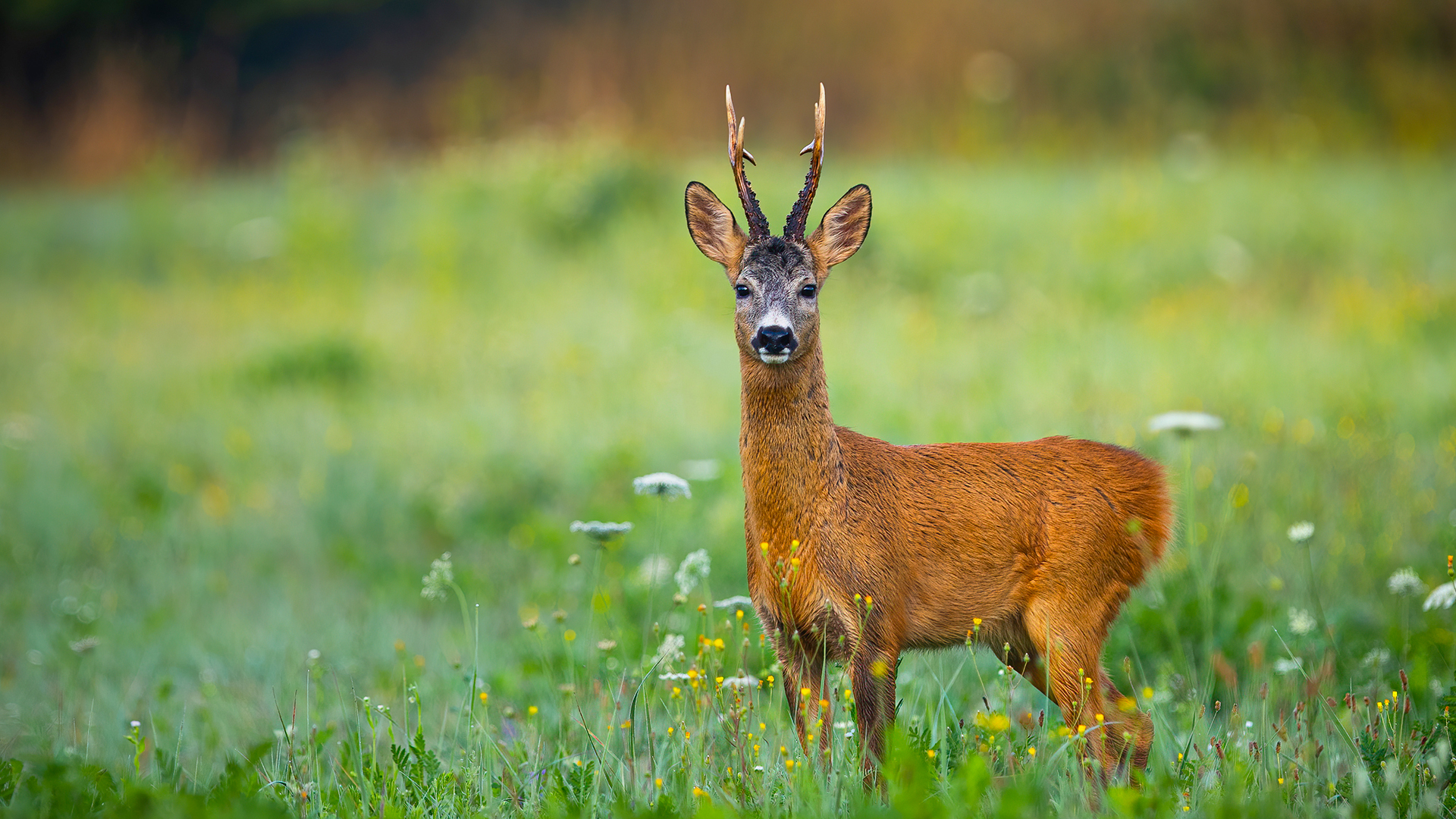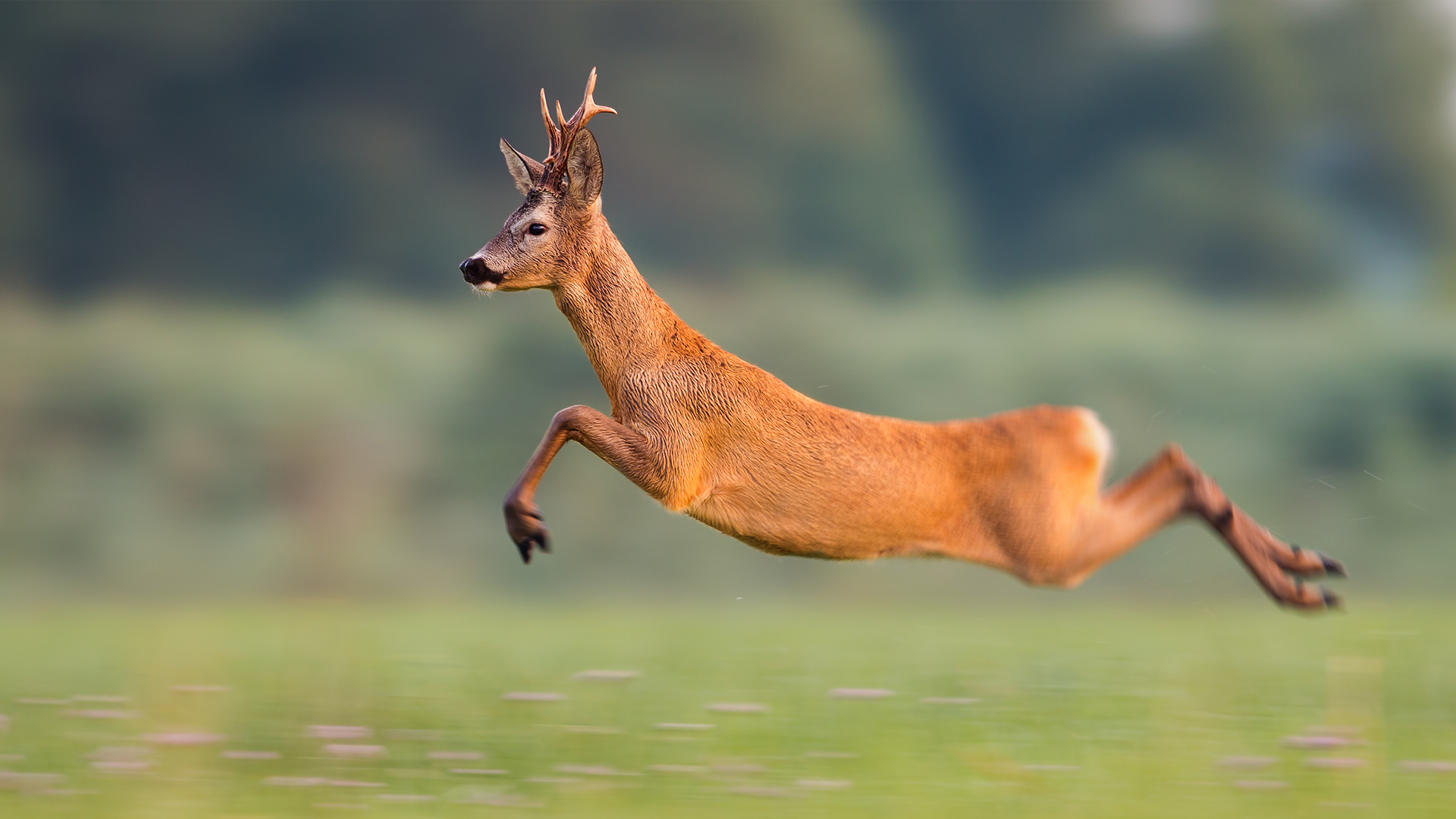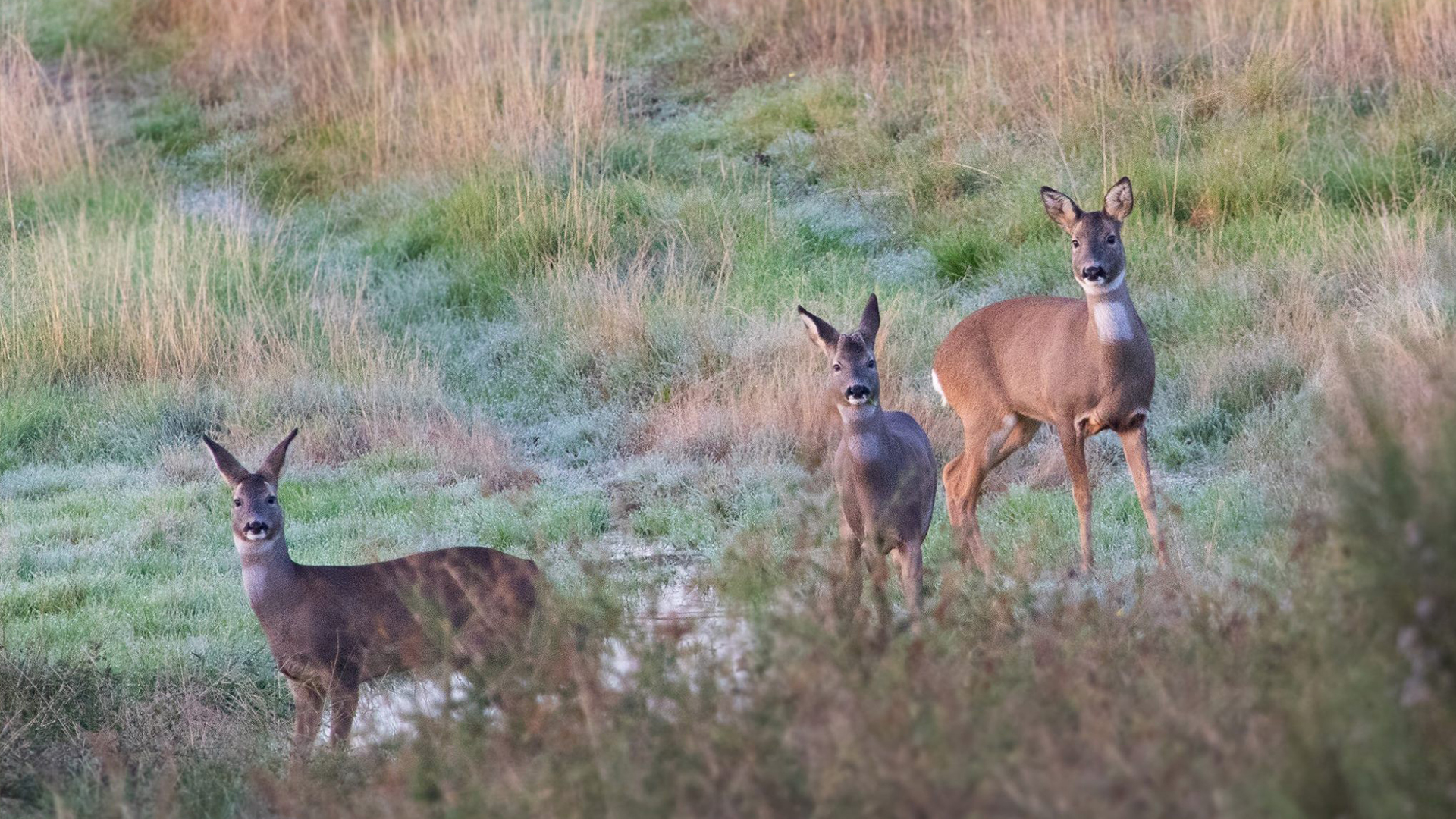The roe deer (Capreolus capreolus) of the Cervidae family is the smallest European deer and one of the inhabitants of the properties under responsible forest management by The Navigator Company, especially in the regions of Malcata, Pampilhosa, Góis, Mogadouro and Zambujo. Among its particular traits we would like to highlight the fact that, at the end of the heat, and with the decrease in territoriality, males begin to lose their stems and become more tolerant of each other and start forming groups.
The roe deer may be the smallest of its kind, but it is also one of the most elegant. Its length can go up to 1.35 meters, its height is between 63 and 67 centimetres and its weight ranges from 15 to 35 kilos. To reach this it feeds on hundreds of different plants, from roots to flowers, such as shoot from shrubs and trees like chestnut, oak, willow and laurel trees, berries and other fruits of woody, herbaceous plants, flowers and sometimes fungi. For all this, it is considered a generalist herbivore that changes its eating habits according to the season.
In winter, for example, its diet becomes less varied given the scarcity of food and so therefore the roe deer increases the consumption of seeds and fruits as this is a more concentrated vegetable matter. To access this type of food, the Capreolus capreolus species lives in hardwood, conifer forests, Mediterranean forests and farmlands and can be seen in eucalyptus fields, living on average eight to nine years, although females have a longer life expectancy.
Physically, its hind limbs are wider and elevated compared to its forelimbs, making it quite skilled at making giant leaps. One of the main distinguishing features of this genus is the presence of antlers in the male, renewed every year, in addition to the shape of the white anal shield that surrounds the tail and which has the shape of a kidney, while in females it resembles an inverted heart.





